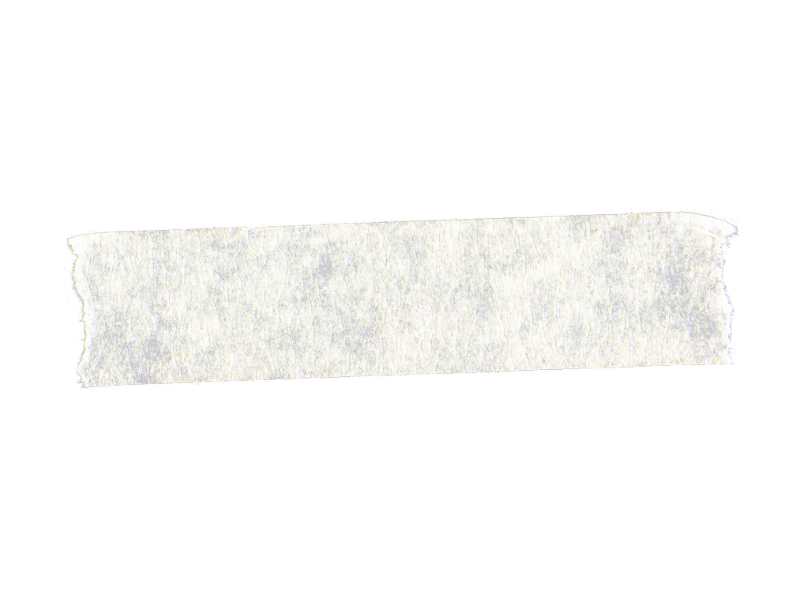

Don’t fu*k with our freedom
I’m dedicating this issue to the brave women and non-binary folk around the world who continue to fight for their basic human rights
While I’m lucky enough that my womanhood has not yet been a direct threat to my livelihood, I know all too well that not every woman is as privileged as I am.
I had just turned nine years old the first time I learned of a woman who had been killed overseas for just that—being a woman and protesting her rights. And while at that young age I may not have entirely understood why that happened—and perhaps I still don’t—the death of Neda Agha-Soltan, an Iranian woman whose murder at the hands of the government was captured on camera in 2009, instilled a rage in me that will not settle until we are all free.
Now 14 years later, not much has changed. Women in my motherland are still fighting for their basic freedoms and I am once again watching them in awe from across the globe. At 22 years old, I witnessed the uproar over the murder of Zhina (Mahsa) Amini spread as it echoed around the world in the name of ‘ women, life, freedom’—one of the most chilling but beautiful slogans I have ever heard. And so, here I am at 23 years old still trying to grasp why this has happened and how it’s still happening. Why can the mere location of where a woman is born dictate her entire worth as a human being?
Iran is just one example of where women’s freedoms are threatened, but there’s no need to travel far to see the injustices we continue to face in this day and age. In June 2022, Roe v. Wade, the 1973 landmark legislation that made access to an abortion a federal right, was overturned just south of the border, in a country that prides itself on its freedoms and makes promises of a glorious life. As a woman who grew up in a foreign country with the notion that I was safer here in the West, witnessing women not too far from me lose autonomy over their own bodies was particularly disheartening.
In Canada, we continue to learn about the mistreatment of Indigenous women. In 2022, the National Inquiry of Missing and Murdered Indegenous Women and Girls found that statistics consistently show rates of violence against Métis, Inuit and First Nations women, girls and 2SLGBTQIA+ people are much higher than for non-Indigenous women in Canada. And despite calls for justice, the genocide against Indigenous women in this country is ongoing.
Additionally, according to the 2019 General Social Survey on Canadians’ Safety, half of the surveyed Black women had experienced discrimination in the past five years in Canada, as opposed to 42 per cent of the surveyed Black men. In contrast, only 20 per cent of women who were neither Indigenous nor presented visible minorities were discriminated against, suggesting Black women were targeted on the basis of their skin colour.
In Quebec, Bill 21 bars civil workers in positions of authority from wearing religious symbols at work. A law that may not directly target women but mainly affects women in religious minorities like Islam, ultimately dictating how they can dress and threatening their freedom of choice and expression.
Also in North America, Queer and Trans rights have been at risk for generations. On March 2 in the U.S., a bill passed banning minors under 18 from receiving gender-affirming care in Tennessee, according to the state’s General Assembly. The bill sees that doctors will be prohibited from prescribing hormones, among other forms of health care, for transgender minors. While the American Civil Liberties Union and Lambda Legal, an 2SLGBTQIA+ civil rights organization, say they would sue to stop the legislation from being enforced, there is no guarantee they will be successful.
This is proof of the hurdles women regularly endure as our freedoms continue to be threatened globally in 2023.

In spite of all this—or as a consequence of it—I believe women everywhere are tied together with an invisible bond, weaved from our understanding of the oppression the other has endured and the strength it has taken to overcome it. Regardless of age, nationality, race, sexual orientation or religion, every woman is bound to share a common experience that stems purely from being a woman today.
So when I learned this issue would come out the week of International Women’s Day, I simply couldn’t resist. I’ve been given a chance to showcase women from all walks of life and share perspectives that are not discussed often enough.

The Women Issue aims to pull back the curtain on our experiences as women and non-binary folks in the modern world. I want every woman to see part of themselves represented in this issue. Once you’ve finished reading, I hope you’ve learned something new, found pride in your journey and reignited your passion to fight for women’s rights—wherever it may be.
